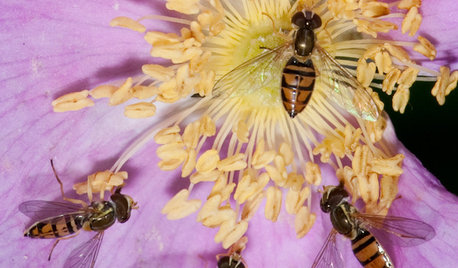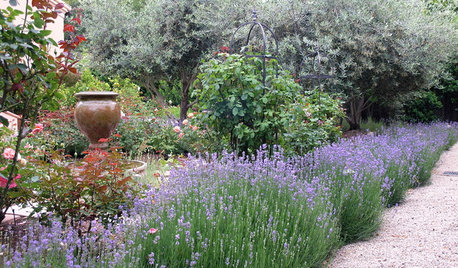Thrips & spider mites: HELP!!!
figlittle
14 years ago
Featured Answer
Comments (16)
dan_keil_cr Keil
14 years agolast modified: 9 years agoserenasyh
14 years agolast modified: 9 years agoRelated Professionals
East Rancho Dominguez Landscape Architects & Landscape Designers · Garden City Landscape Architects & Landscape Designers · Havre de Grace Landscape Architects & Landscape Designers · Hartford Landscape Contractors · Dickinson Landscape Contractors · Edwardsville Landscape Contractors · Fort Atkinson Landscape Contractors · Las Vegas Landscape Contractors · Lebanon Landscape Contractors · Nutley Landscape Contractors · Ramsey Landscape Contractors · Watertown Landscape Contractors · Goldenrod Landscape Contractors · Selma Landscape Contractors · Norridge Landscape Contractorsserenasyh
14 years agolast modified: 9 years agohonolulurose
14 years agolast modified: 9 years agohonolulurose
14 years agolast modified: 9 years agohonolulurose
14 years agolast modified: 9 years agohonolulurose
14 years agolast modified: 9 years agohonolulurose
14 years agolast modified: 9 years agohonolulurose
14 years agolast modified: 9 years agohonolulurose
14 years agolast modified: 9 years agohonolulurose
14 years agolast modified: 9 years agoramblinrosez7b
14 years agolast modified: 9 years agoberndoodle
14 years agolast modified: 9 years agojont1
14 years agolast modified: 9 years agofiglittle
11 years agolast modified: 9 years ago
Related Stories

EARTH DAYHow to Help Your Town’s Beneficial Birds and Bugs
Make a habitat using local materials to provide a home to the creatures that help our gardens
Full Story
HEALTHY HOMEWhat You Need to Know About Dust and How to Fight It
Breathe easier with these 10 tips for busting mites, dander and other microscopic undesirables
Full Story
GARDENING GUIDESThis Fly Is One of the Most Beneficial Insects Around
Meet the syrphid fly, a colorful pollinator that also beats chemicals for controlling aphids and other garden pests
Full Story
HOUSEPLANTSIndoor Winter Gardens for Cheerier Days
Bring plants inside for drab-days mood boosting — not to mention cleaner indoor air and protection for your greenery
Full Story
GARDENING GUIDESHow to Get Your Landscape Ready for Summer Storms
Don’t let high winds, dust storms and torrential rainfall catch you or your landscape by surprise
Full Story
REMODELING GUIDES15 Ways to Design an Easy-Clean Home
Spend more time doing what you love with these pointers for minimizing cleaning needs throughout the entire house
Full Story
FLOWERSHerb Garden Essentials: Grow Your Own Fragrant Lavender
This do-it-all plant is ideal for almost any garden, and its uses are abundant around the home
Full Story
SUMMER FRUITS AND VEGETABLESSummer Crops: How to Grow Beans
Grow your own beans for amazing variety and healthy, convenient produce all summer
Full Story
FEEL-GOOD HOMEThe Pros and Cons of Making Your Bed Every Day
Houzz readers around the world share their preferences, while sleep and housekeeping experts weigh in with advice
Full Story
GARDENING GUIDESGreat Design Plant: Knock Out Roses
As glorious as their high-maintenance kin for a fraction of the work, Knock Out roses make even beginners look like garden stars
Full Story







honolulurose